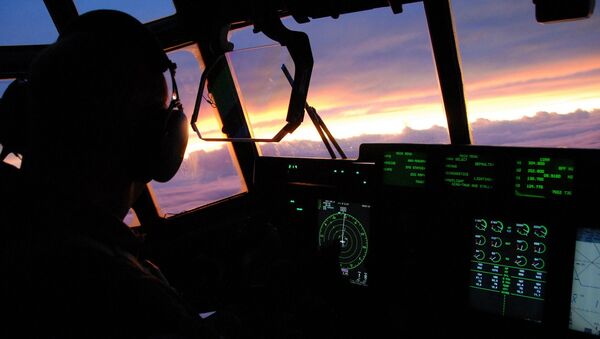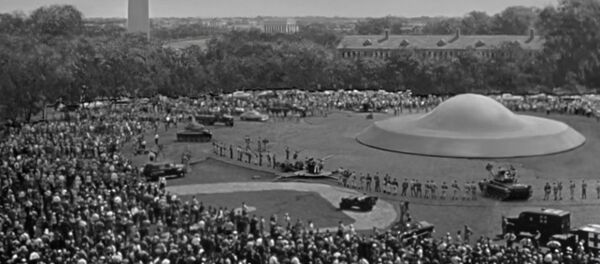In 1957, the Soviet Union launched Sputnik, the first man made object to orbit the Earth, which left President Dwight Eisenhower, a fierce opponent of the military-industrial complex a stark choice – he could accept the Kremlin’s right to traverse space above the US or he could combat the move by launching a military strike.
Eisenhower wisely chose the former and refused to engage in space warfare with the Soviets. Instead, the US President astutely called for a more cautious and productive action, in the form of reciprocity in transparency and intelligence gathering as a check against future conflict. It was on that basis that Eisenhower proposed an “Open Skies” agreement for cooperative aerial observation flights.
Eisenhower faced pressure internally and externally. Historians say that Eisenhower’s senior military advisers were furious at his acceptance of the Soviet’s surveillance capabilities over US airspace. Furthermore, his proposal for reciprocity with the Kremlin was rejected out of hand, as they realized that the US had more to gain by grasping a glimpse into their closed society.
The idea of openness and reciprocity in military surveillance remained dormant for another 30 years until, in the late 1980s, Mikhail Gorbachev proposed the glasnost (openness) reforms. Gorbachev permitted foreign observers at Soviet military exercises and accepted Ronald Reagan’s disarmament challenge – "trust but verify" – in accepting invasive missile system inspections by international officials.
It was in that context, in the late 1980s, that President George H.W. Bush revived Eisenhower’s Open Skies proposal. President Gorbachev supported negotiations on this effort. Over a decade later, in 2002, the Open Skies Treaty was ratified, and, shortly after, cooperative aerial observation flights began between Russia and the US, two previous Cold War adversaries.
As the world descends into a potential second Cold War, however, the narrative surrounding the Open Skies Treaty has changed dramatically. In the past year, the Pentagon and NATO have both classified what they term as expansionism and aggression by Russia as the preeminent threat to world safety and security.
The Russians, for their part, are nonplussed by NATO saber rattling, with President Vladimir Putin commenting last year that the idea that Moscow would ever attack or invade a NATO-allied country is "the kind of thing only crazy people think and only when they are dreaming."
Nonetheless, tensions continue to mount between East and West with the US military, along with NATO, ramping up its presence along the Russian border in Norway and a 400% increase in Eastern Europe military expenditures approved by the US Congress.
As the US prepares for an imaginary war to combat a fantasy threat of Russian expansion, the US Defense Intelligence Agency now argues that "the Open Skies construct was designed for a different era." US Strategic Command (STRATCOM) Commander Adm. Cecil Haney goes further, asserting that "the treaty has become a critical component of Russia’s intelligence collection."
The Open Skies Treaty not only requires agreement on flight paths among all signatories but also calls for inspection of surveillance planes to prevent the use of high-intensity cameras, requires sensors designed solely for uncovering illicit missile and weapons facilities, and all data collected is instantly shared with all signatories. The treaty is truly limited to cooperation and transparency.
Why does the US object to the treaty, which serves a vital international imperative that Ronald Reagan once called for – "trust but verify" – and is the brainchild of President Dwight Eisenhower?
It turns out that the Pentagon looks to blow up a linchpin of international disarmament transparency because the Defense Department forgot to make an appropriations request for digital sensors. Perhaps the new DoD office motto is, “when in doubt, pretend the Russians are attacking.”








